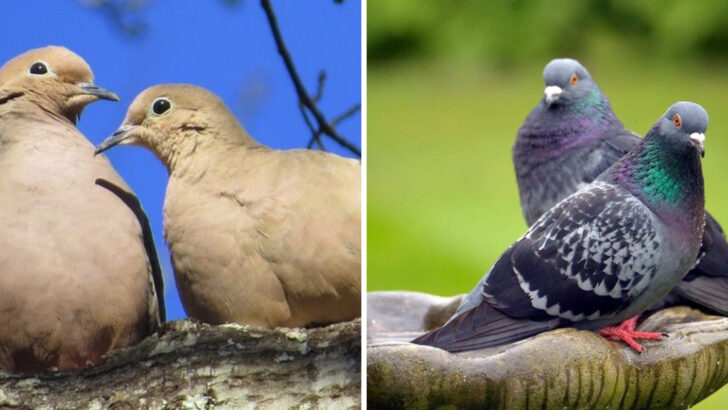Doves and pigeons are not just feathered twins with a name mix-up.
Sure, they both coo. Sure, they strut like they own the place. But beneath the feathers? Two very different birds with wildly separate vibes.
One’s the soft-spoken symbol of peace. The other? A city slicker with a reputation for stealing snacks and dodging taxis.
From their personalities to their parenting skills, and even how they fly—there’s more contrast here than you might expect. Ready to settle the dove vs. pigeon debate once and for all? Let’s break it down.
Size Variations
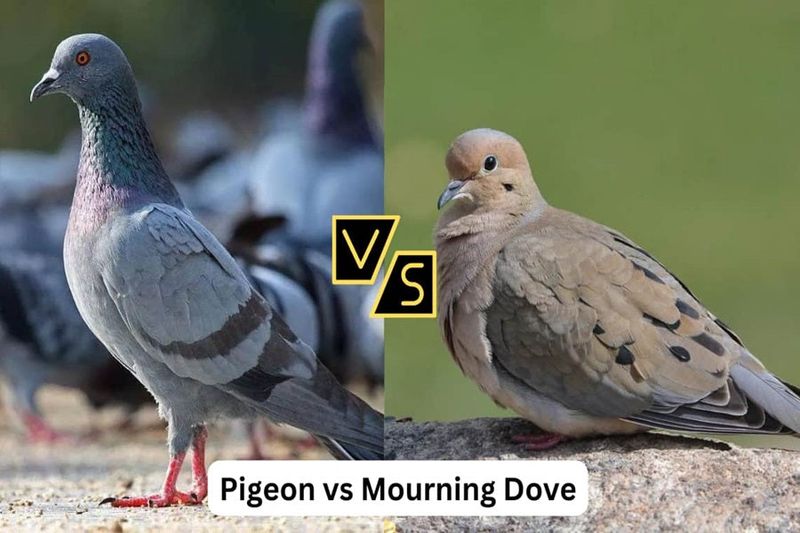
The striking difference in size is one of the first things noticed between doves and pigeons. While they belong to the same family, doves are generally smaller and more delicate. This difference affects their flight patterns and habitats. Pigeons, being larger, are often found in bustling urban environments, adapting to city life with ease. Their robust build allows them to thrive in various conditions.
Doves, with their smaller, more graceful form, are often seen in quieter, more serene settings. This size difference also influences their roles in ecosystems, with doves often being more symbolic in nature.
Color Differences
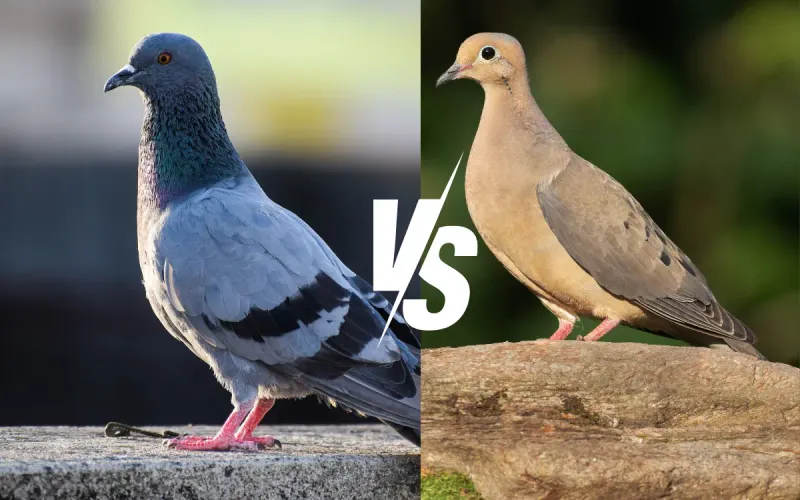
Coloration is another key difference. Doves often sport softer, pastel hues, ranging from soft pinks to gentle greys. These colors allow them to blend into more natural, pastoral settings. In contrast, pigeons typically display more muted tones, such as grey and brown, which suit their urban environments.
This color variation is not just for aesthetic purposes; it plays a role in camouflage and mating rituals. While pigeons use their less vibrant colors to blend into cityscapes, doves use theirs to stand out in more natural habitats.
Nesting Habits
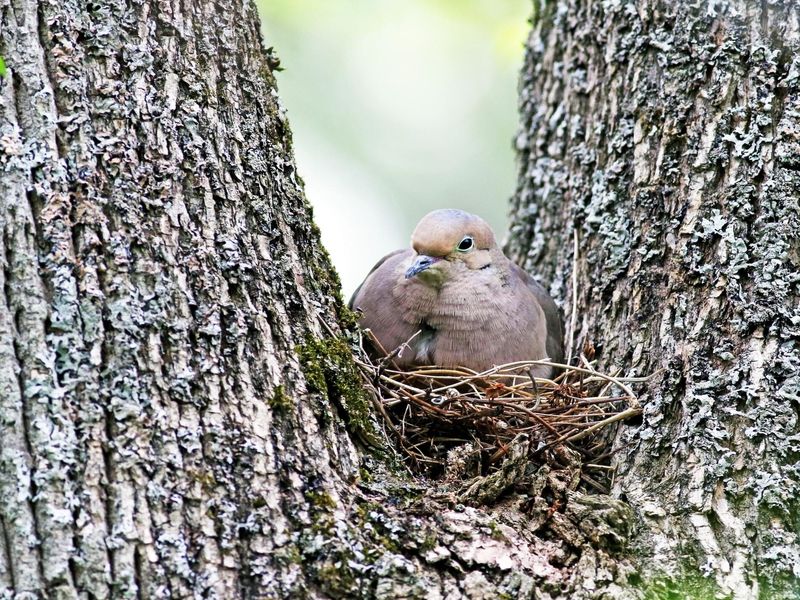
Doves and pigeons differ significantly in their nesting habits. Doves prefer building their nests in trees, using twigs and leaves to create a sturdy home. These nests are often well-hidden amongst foliage, protecting them from predators.
Pigeons, on the other hand, are opportunistic nesters. They take advantage of urban structures, building nests on ledges and under bridges. Their nests may appear more haphazard and less refined but serve the purpose of housing and raising their young effectively in bustling environments.
Symbolic Meanings

Throughout history, doves have been symbols of peace and love, often depicted carrying olive branches. This symbolism elevates them to a near-mythical status in various cultures and religious traditions.
Pigeons, however, are more commonly associated with urban life and adaptability. Known as messengers in ancient times, their modern-day image is less romanticized, often related to city environments and survival.
The contrast in symbolic meanings between these birds highlights the diverse roles they play in human culture and history.
Flight Patterns

Doves are known for their gentle, graceful flight patterns, often seen gliding effortlessly across open skies. Their flight is smooth and serene, resembling a peaceful dance in the air.
Pigeons, however, have a more direct, faster flight style, built for maneuvering through urban landscapes. Their wings flap rapidly, allowing them to navigate through city structures with precision.
These differences in flight are adaptations to their respective environments, showcasing the diverse evolutionary paths within the same bird family.
Dietary Preferences
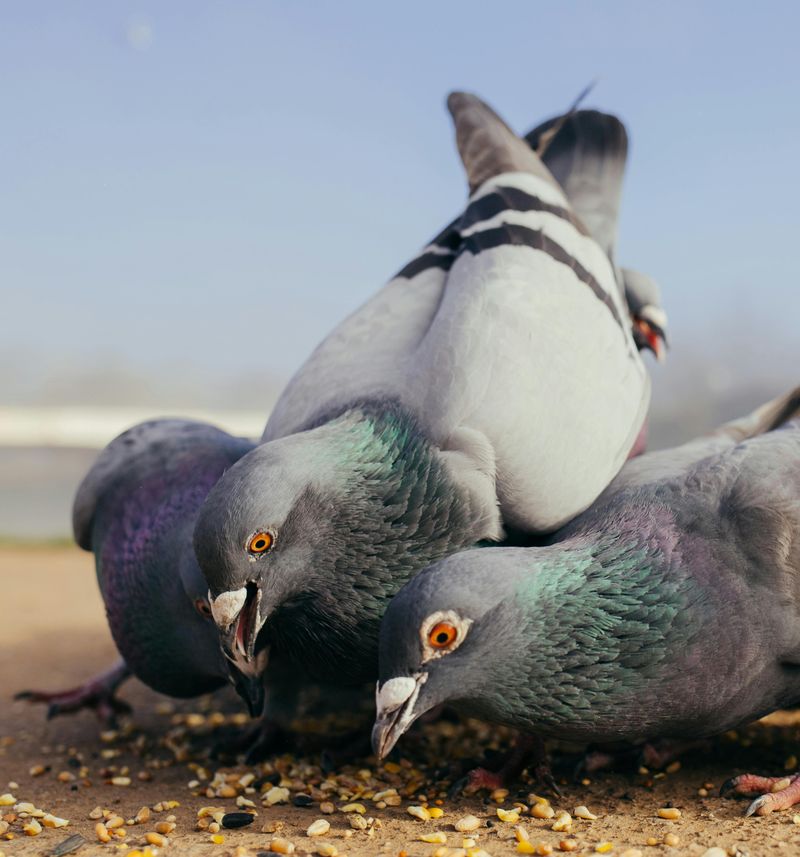
The dietary habits of doves and pigeons reflect their environments. Doves primarily feed on seeds, making gardens and open fields their ideal feeding grounds. Their diet is simple, focusing on the abundance of nature’s offerings.
Pigeons, in contrast, are scavengers. They thrive in urban areas, consuming a varied diet that includes discarded human food. This adaptability in diet allows pigeons to survive in ever-changing cityscapes.
The stark difference in dietary habits underscores the unique survival strategies these birds employ in their respective habitats.
Social Behaviors
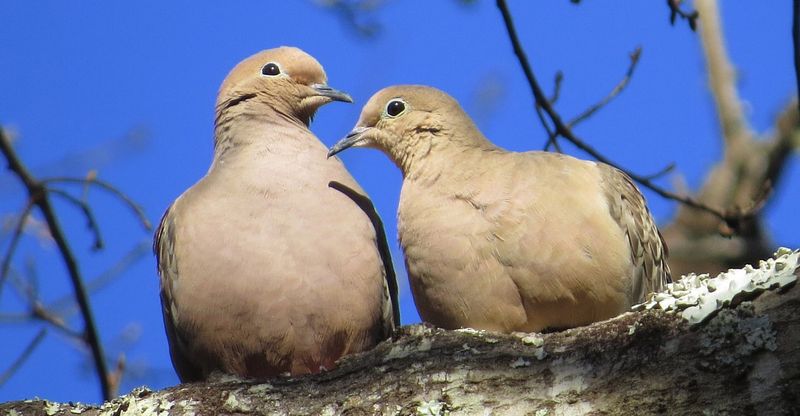
Doves are often seen as gentle and loving, their soft coos a testament to their affectionate nature. They are usually found in pairs, symbolizing companionship and harmony.
Pigeons, conversely, are more social creatures, often seen flocking together in large groups, especially in urban settings. This social behavior helps them forage for food and fend off potential threats.
The difference in social behaviors highlights the varied lifestyles of these birds, reflecting their adaptation to distinct environments and societal roles.
Vocalizations
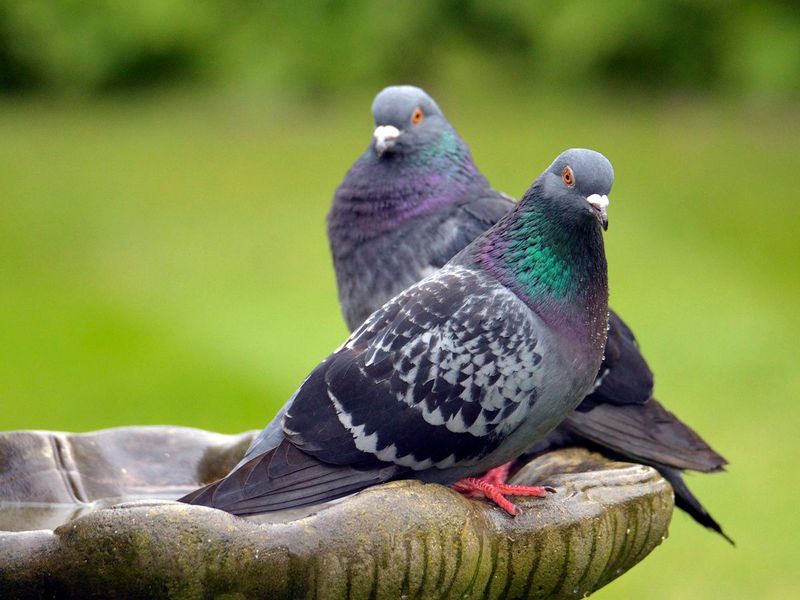
Vocalizations set doves and pigeons apart in a significant way. Doves are known for their soft, soothing coos, often associated with tranquility and peace. Their gentle calls are a staple in more serene, natural settings.
Pigeons, meanwhile, produce louder and more varied sounds, which are well-suited for bustling cities. Their calls can range from coos to more forceful sounds, reflecting their need to communicate in noisier environments.
These vocal differences showcase the unique adaptations each bird has developed to thrive in their respective habitats.
Migration Patterns
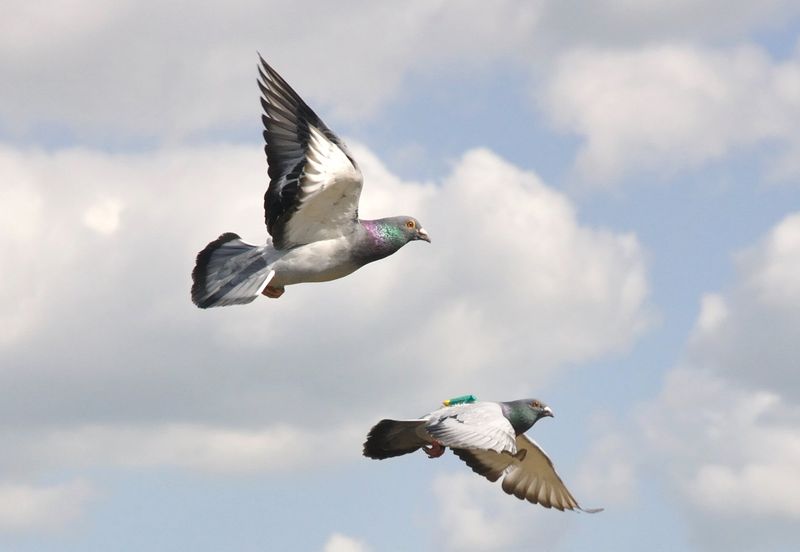
Migration behaviors vary widely between doves and pigeons. Many dove species are migratory, moving to warmer climates during colder seasons. Their migrations are often orderly, resembling a graceful dance across the sky.
Pigeons, however, are generally sedentary. They adapt to seasonal changes without long migrations, taking advantage of urban resources. Their ability to remain in cities year-round speaks to their adaptability and resilience.
The contrast in migration patterns highlights the distinct evolutionary paths embraced by each species.
Breeding Patterns
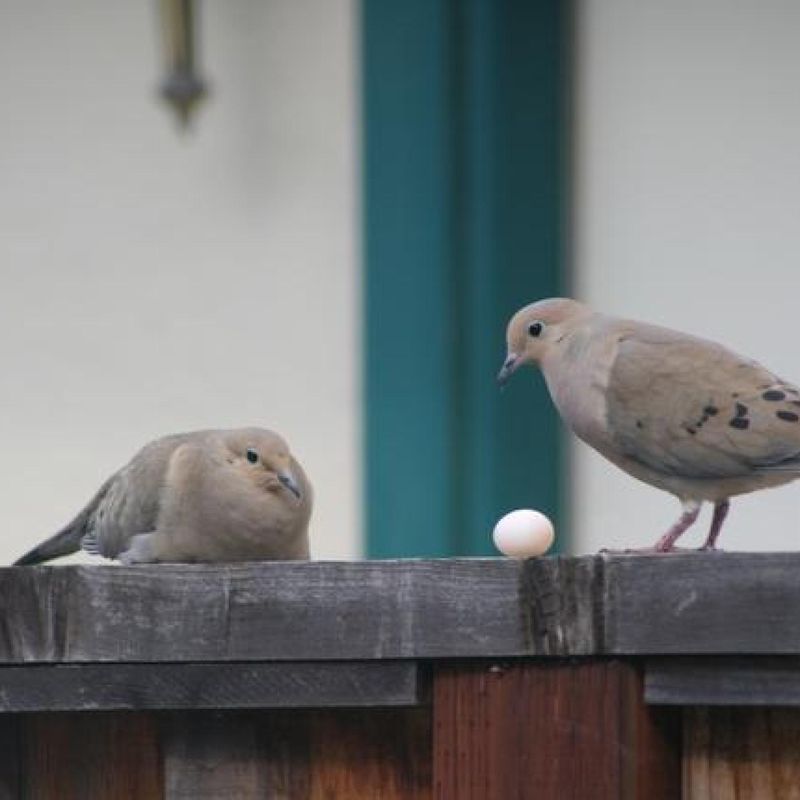
Breeding patterns offer insight into the differing lifestyles of doves and pigeons. Doves are known for their monogamous bonds, often mating for life. Their breeding rituals include tender gestures and shared responsibilities in raising their young.
Pigeons, while also forming pairs, are more prolific breeders, often producing multiple broods annually. Their reproductive strategies are geared towards survival in unpredictable urban settings.
These breeding behaviors reflect the ecological niches each bird occupies, showcasing their unique adaptations to distinct environments.
Lifespan

Lifespan differences offer another avenue of distinction. Doves generally enjoy a longer lifespan, often reaching up to 20 years in the wild. Their longevity is attributed to their serene environments and lower exposure to threats.
Pigeons, while still capable of living long lives, face more hazards in urban settings, affecting their average lifespan. Despite this, their resilience and adaptability allow for survival amidst challenges.
The variation in lifespan underscores the impact of environment on the life expectancy of these closely related birds.
Human Interactions
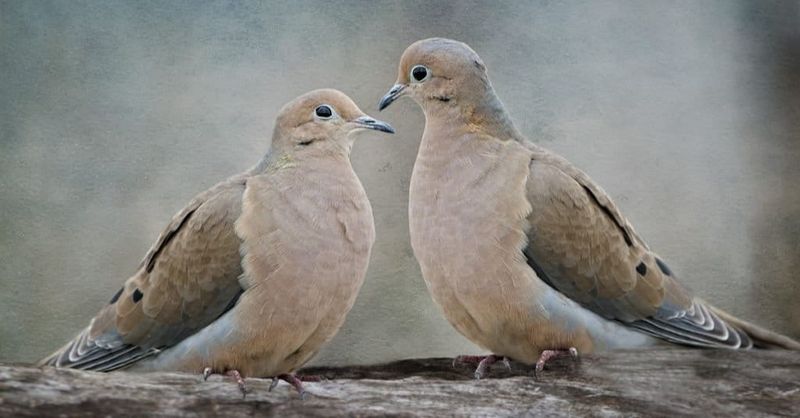
Human interactions with doves and pigeons differ greatly. Doves are often used in symbolic ceremonies, such as weddings, where they represent peace and love. Their gentle demeanor makes them favorable in human cultural contexts.
Pigeons, on the other hand, are more integrated into daily urban life. They interact with people regularly, often seen in parks and squares. Though sometimes viewed as pests, these interactions highlight their role in city ecosystems.
These varying interactions emphasize the diverse roles doves and pigeons play in human society.

